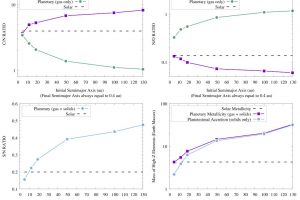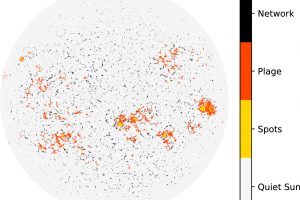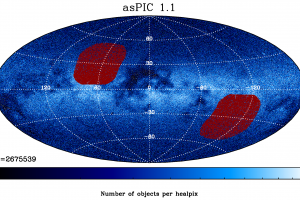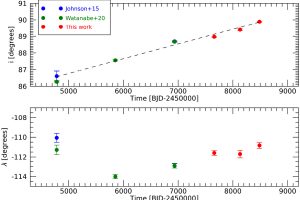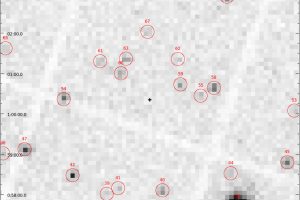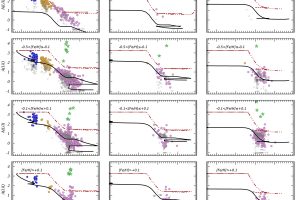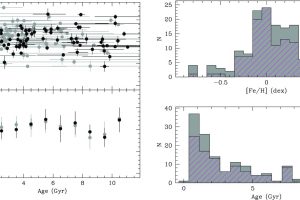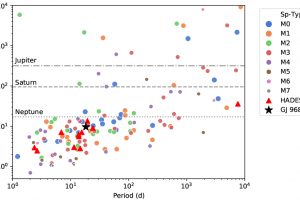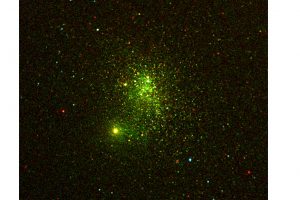Discovered the first planetary system with planets both in equatorial and polar orbits revealed by the study: “The Rossiter-McLaughlin effect revolutions: an ultra-short period planet and a warm mini-Neptune on perpendicular orbits” of V. Bourrier (Observatoire Astronomique de l’Université de Genève), appeared on A&A
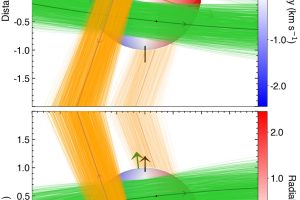
The study of the architecture of planetary systems, and in particular that of the spin-orbit angle (which is the inclination of the planetary orbit with respect to the stellar rotation axis) can unveil important details on the dynamical evolution of planetary systems. In particular, young planets typically migrate radially, changing their distance to the host star and interacting with the
» Read more
